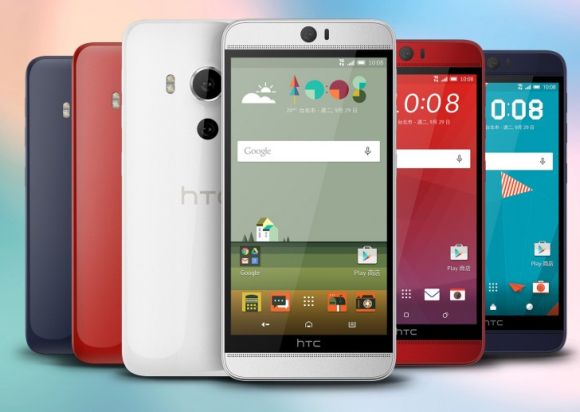Albeit being launched in Japan since May of this year, HTC’s newest device finally makes it way to its home-land, Taiwan. Placed to fill a gap in the non-metal phones of this year, the Butterfly 3 packs a great package with HTC’s signature dual rear camera setup in a lesser premium outer layer.
For a pretty penny, the Butterfly 3 is filled with internals that beg the question, if priced so highly, why not just make metal-clad? It’s been tough for the Taiwanese company to make profits and since September, they’ve been dropped from the main Taiwan stock index (TWSE 50). Problems don’t just stop there, as the company announced that they would lay off nearly 15% of their global workforce.
Market strategies aside, HTC Butterfly 3 is a 5.2-inch device; it’s screen is a QHD LCD display (2560 x 1440). Occupying the processor slot inside the device is an Octa-core Snapdragon 810, while the RAM sits at 3GB. For your storage you’ll get a decent 32GB internally but if you need a boost, you can always take advantage of the microSD slot.

The star of the show of the Butterfly line has always been its camera optics, and the third generation device a Duo camera setup; 20.2-megapixels as the primary camera and a secondary lens to help with those bokeh shots. Protected by sapphire crystal it boasts an f/2.2 aperture and a dual-LED module sits on the left of the main sensor.
Selfie taking individuals will be pleased as on the front you’ll see a 13-megapixel shutter with a BSI sensor. In terms of aperture, the front lens steps it up a bit with an f/2.0 lens instead. If you prefer videos, the rear sensor gets you 4K quality and the front is capable of 1080p films.

Aesthetically, the Boomsound speaker grills are slightly thinner this time around, giving it a sleaker look but still maintaining its large bezels on the top and bottom. Powering the HTC Butterfly 3 is a 2,700 mAh battery and the smartphone has a IP rating of 57, ensuring that it’ll be slightly dust and water resistant. It also has a single 4G LTE SIM slot.
Android 5.0 Lollipop is behind the device’s OS but has an overlay of HTC’s Sense 7. The device launches in Taiwan on the 20th of October for TWD 19,.900 (RM 2,657) though no word yet on international availability.







